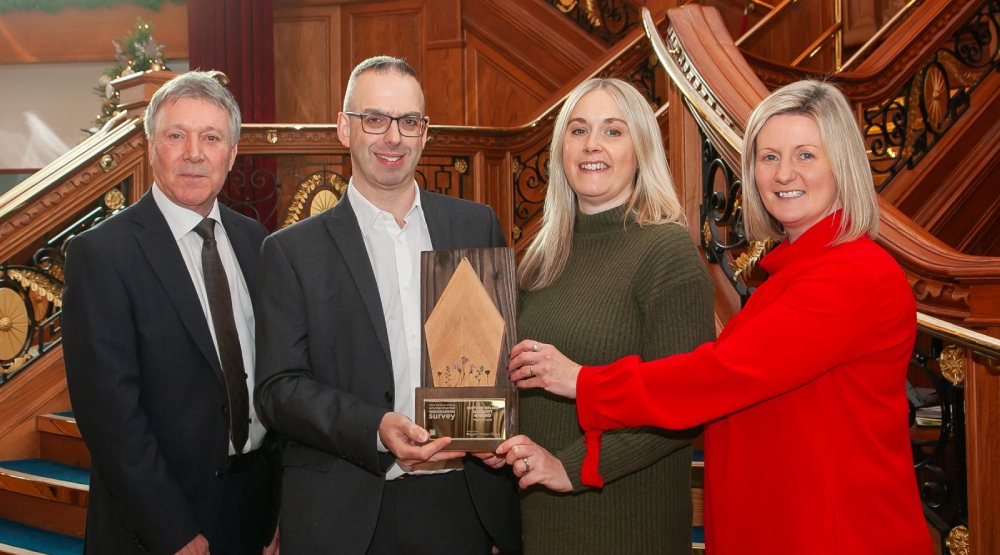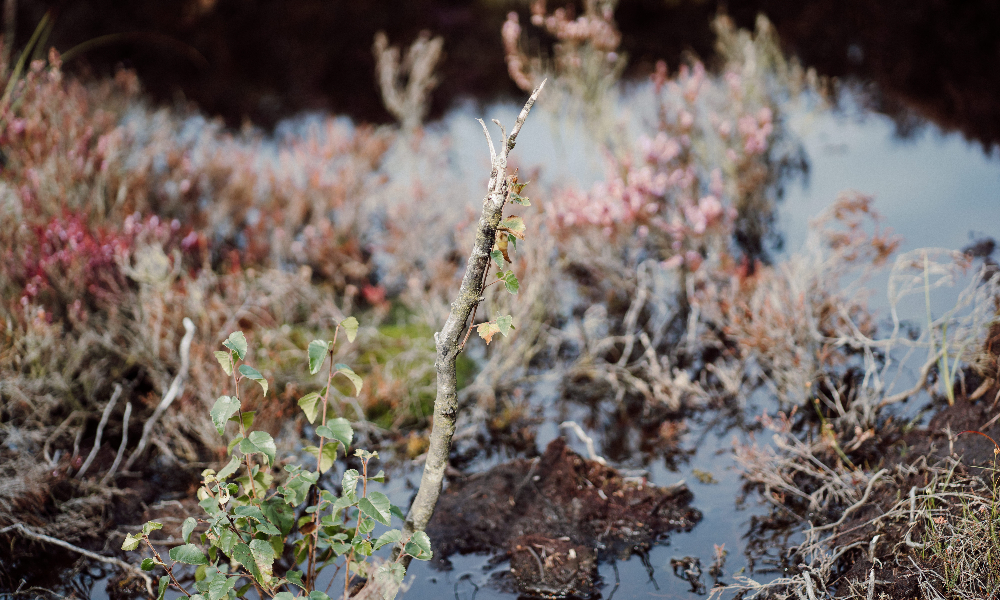Places covers our actions on biodiversity, pollution, water, and communities.
Biodiversity extends to preserving all protected sites and species, as well as proactive biodiversity enhancement programmes like our partnership with The Conservation Volunteers.
We are working to minimise pollution, for example, by tightly managing SF6 and oil use and carefully tracking and reporting the use of creosote-treated poles.
To manage and reduce water use, all office buildings will be equipped with water meters and newly refurbished premises will be fitted with touchless or percussion taps and low flush toilets.
NIE Networks is also going to increase collaboration with communities and work more closely together to deliver green growth as a core pillar of the People, Planet, Place approach.
NIE Networks has been certified to ISO 14001 for 25 years and has achieved Platinum level in the Community Environmental Benchmarking survey for 9 consecutive years.

Case Study: Peatland bog restoration works with RSPB NI
NIE Networks has worked closely with RSPB NI over the past number of years through litter picks, scrub clearance at their reserves and peatland bog restoration works.
For centuries, human activity has degraded vast areas of peatlands by draining them for agriculture, forestry and peat for fuel and compost. When peatlands dry out and became damaged, they lose their ability to store carbon and instead release it contributing to climate change.
With support from NIE Networks, RSPB are working with local farmers and landowners to restore peatland bogs using various techniques including rewetting. This involves blocking drainage ditches and recreating a waterlogged environment using dams, bunds, or natural barriers. As a result, the peatland bogs are seeing new growth of Sphagnum moss. This moss is a key component of a healthy bog; it holds water, slows decomposition and enables carbon rich peat to form.
Biodiversity improvements are also apparent, with a greater number of species now present. Other benefits include increased carbon capture and improve water quality in the immediate area.

